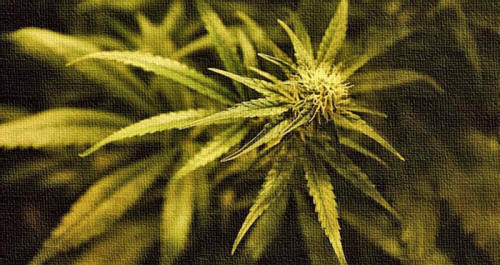|
Continuing cannabis prohibition becomes even more preposterous in light of a recent archeological discovery.
Many pot promoters are already well aware that the forefathers of the United States utilized cannabis and hemp to become fruitful. Many more are cognizant that the false war on drugs was a way to squelch would-be activists who were fighting against war in Nixon's time.
Looking outside of the trillion-dollar prohibition industry into the archives of history, we can confirm that cannabis was not just accepted, but revered.
A 2,500-year-old cannabis burial shroud was recently unearthed along the Silk Road in Turpan, China. Archeologists found a grave thought to belong to a 35-year-old male who was wrapped in cannabis leaves. Some of the plants were up to a meter long, and researchers believe they were used ritually.
Radiocarbon dating was used to verify the age of the mummy.
Archaeologist, Dr. Hongen Jiang, of the Graduate University of Chinese Academy of Sciences in Beijing, and his colleagues described the discovery as "extraordinary" in the journal Economic Botany (Ancient Cannabis Burial Shroud in a Central Eurasian Cemetery).
As National Geographic explains,
Ancient Chinese people utilized cannabis for a multitude of purposes.
Some of the earliest archeological hemp evidence dates back to around 10,000 B.C., as evidenced by rope imprints on broken Chinese pottery.
Hemp bowstrings were thought to be stronger than bamboo, and used by master archers. Large allocations of land were put aside just for growing hemp for this purpose. Hemp was also utilized for clothing, paper, and most importantly, medicine.
It was considered 'ma,' which is a unique designation for a plant in traditional Chinese medicine.
A 'ma' plant was able to restore both the masculine or strong and active forces within a person as well as the feminine, or more passive, accepting forces in such a way as to restore health and maintain a yin-yang balance.
'Ma' was used to treat deficiencies of Yin, such as:
...as well as restoring Yang deficiency which could cause learning problems, depression, and anxiety.
In ritualistic use, cannabis was used to cultivate 'wu' by the shaman. It was considered a gift from the Gods. In early Chinese Taoist rituals, cannabis was used in conjunction with ginseng to set forward time in order to reveal future events.
Taoists added cannabis to incense burners as early as the first century A.D. and the fumes were thought to enhance longevity. In these early Taoist rituals, the fumes of cannabis in incense burners were said to create a mystic exaltation and contribute to well being.
In 1925, H.L. Mencken wrote an fervent plea:
Today, the federal government sees no medicinal, nor ritualistic benefit for legalizing cannabis.
Perhaps the plant can reveal future events, or cure us from cancer, but as long as the prohibition of this sacred plant, used for thousands of years, continues, the trillion-dollar industry will continue to fill its craw with tax-payer money...
|


